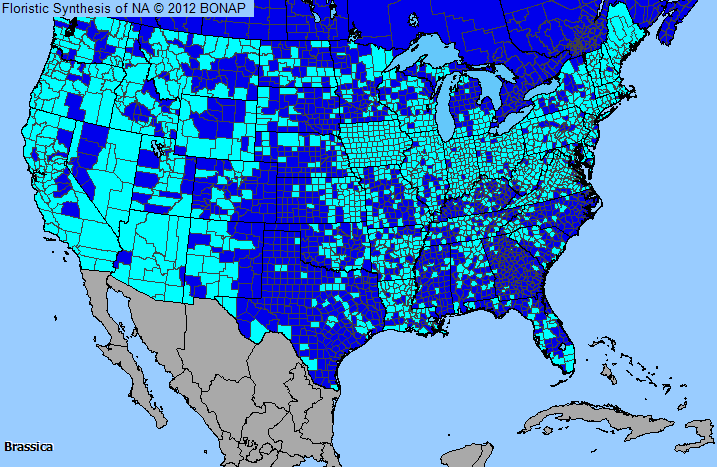
Plant Allergy Overview
Allergenicity
Moderate
Pollen Season
Spring to Fall
Type
Weed
Sub-Type
Annual
Allergy Information
This group has only moderate allergy as much of the pollen is insect disseminated. Skin tests show high reactions, however. When enough exposure is achieved, those sensitive could feel effects. Brassica can be found in air samples in small numbers.
Genus Details
Brassica is a group of annual and biennial herbs which are members of the mustard family, many are weeds and others are garden plants. This group was introduced from Europe and Eurasia but are now found world wide. Brassica plants are herbs with simple alternate leaves, and yellow flowers which are regular and grow upwards on stems. Petals are distinct because they are in the shape of a cross. The black mustard (B.nigra) is the main source of table mustard in the U.S.
Pollen Description
Grains of Brassicaceae are prolate to subspheroidal; the amb rounded-triangular or with convex sides, and 3-(4)-colpate. The colpi are long, the opercula is granular and the sexine is reticulate.
Pollen grains are 24-27 x 18-19 micrometers.
Genus Distribution

The shaded areas on the map indicates where the genus has been observed in the United States.
 - Native, observed in a county
- Native, observed in a county  - Introduced, observed in a county
- Introduced, observed in a county  - Rarely observed
- Rarely observedSpecies in Broccoli, Brussels Sprouts, Cabbage, Cauliflower, Collards, Kale, Kohlrabi, Mustard, Rutabaga Genus
Allergens & Plants Search
Enter a full or partial species name to find more information on one of over 1,200 potentially allergenic plants.
For example, you can find chenopods searching on "cheno"



